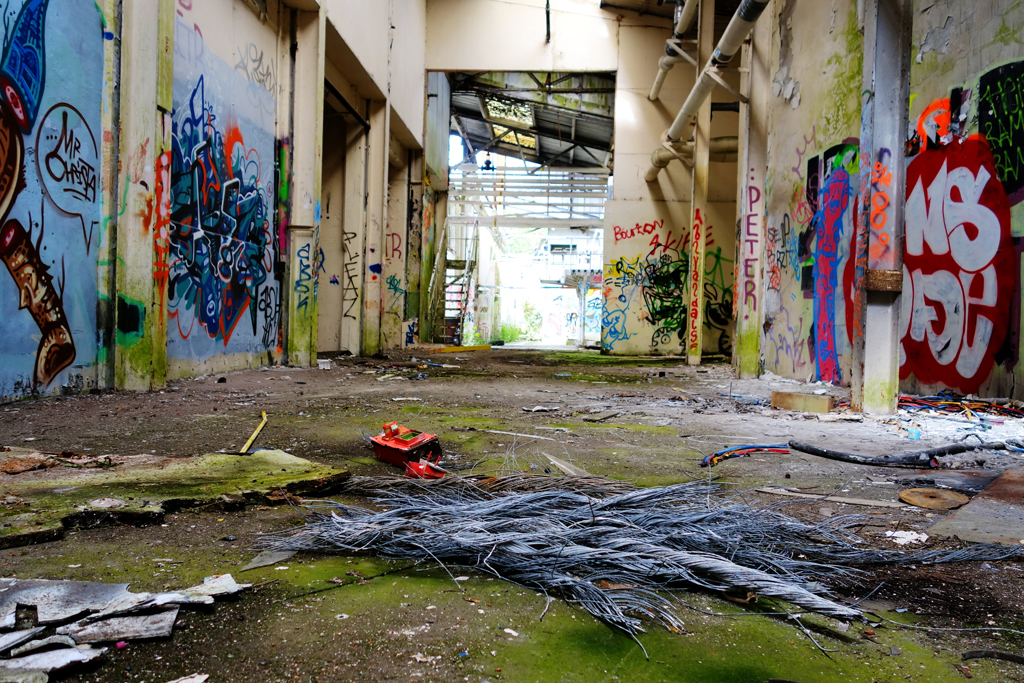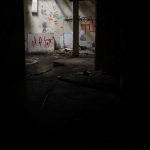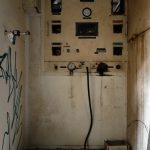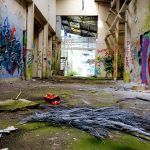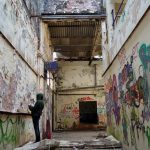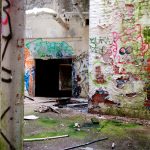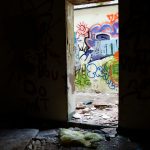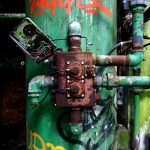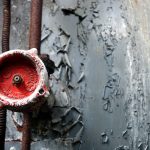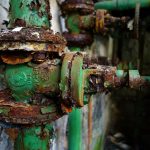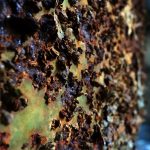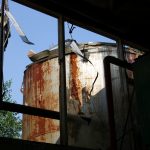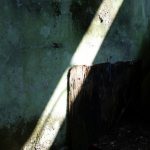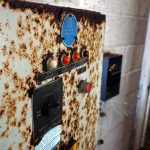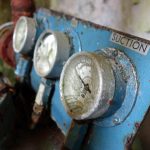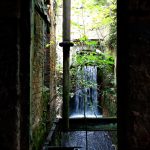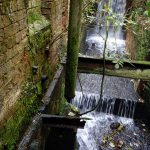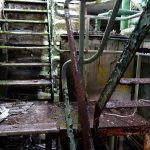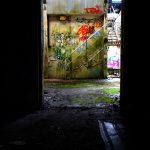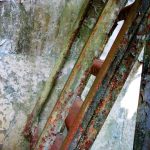On the drive down to Cornwall for a camping holiday Dora P and I took a quick detour from the A303, via some country lanes which were easily as narrow as any in our native Norfolk, to this fascinating site.
Here is a brief background to the mill, taken from Bourton’s wiki page:
“The mill, which is mentioned in the Domesday book, has had many incarnations. As a linen mill it processed flax and supplied canvas to the Royal Navy but when industry declined it was developed into a foundry with a blast furnace and was one of the first places to make the new threshing machines in the West of England. It went on to build boilers, steam lorries and gas engines as well as gaining a reputation as a builder of water wheels.
During the First World War Mills Bombs were produced here in vast quantities. After the Gasper dam burst upriver in the summer of 1917, much of the machinery was washed from the factory and it took a number of years for industry to restart on the site.
When it did return in 1933 the factory entered its final phase as a dried milk processing plant and this continued up until its closure in 1998. It is now derelict with many of the oldest buildings in a state of collapse.”
The mill has clearly seen better days, but is definitely still worth a visit. There are some amazing colours and textures – from peeling paint and rusting machinery from its most recent incarnation as a dried milk processing plant, to the graffiti (some great, some not so great) which permeates the site. As previous explorers have commented, a definite highlight was coming across the small river still running through where the mill wheel used to be.
- One of the old boilers
- Dryer fan motor
Thanks for looking.
